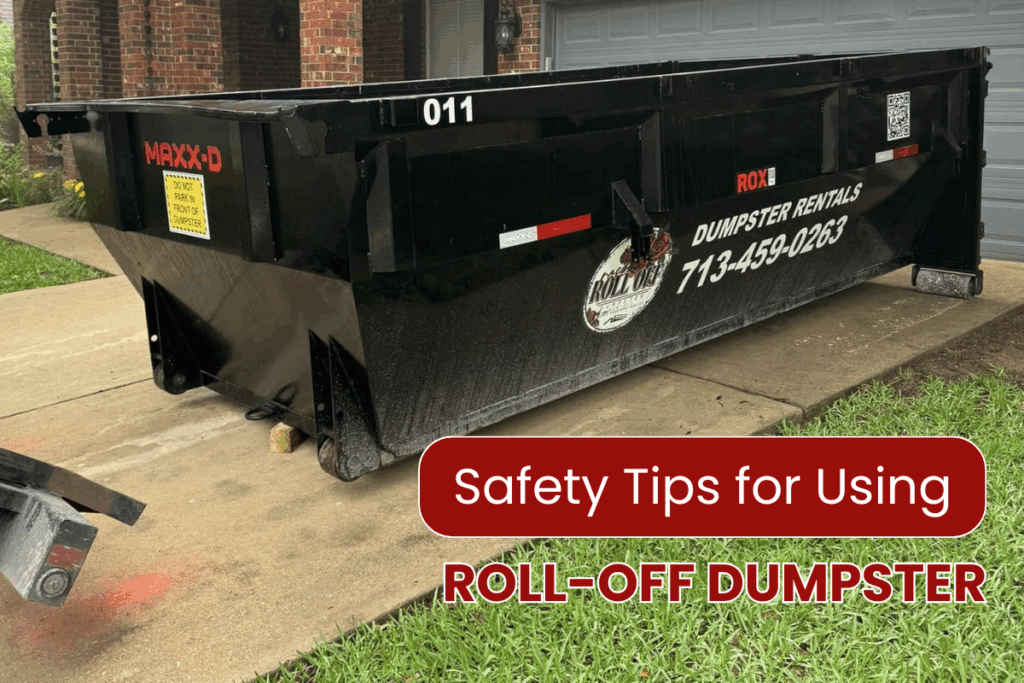Safety Tips for Using Roll Off Dumpsters at Your Worksite

Roll off dumpsters are an essential part of many construction, renovation, and landscaping projects. They help keep worksites clean, organized, and compliant with local regulations. However, as helpful as they are, these large containers can also pose safety risks when not used correctly. Improper placement, overloading, and neglecting proper handling procedures can lead to injuries, property damage, or worksite disruptions. To ensure your team stays safe and efficient, here are key safety tips every crew should follow when using roll off dumpsters at your worksite.

